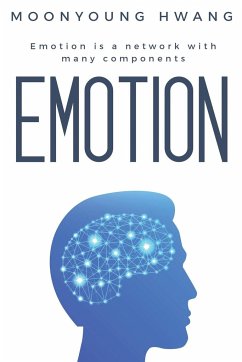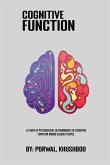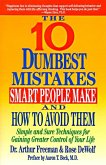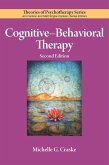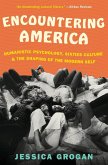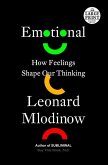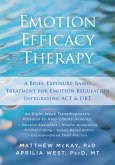In this dissertation, I argue that having an emotion is having a network of multiple components-typically feelings, bodily changes, evaluations, and action tendencies. I came to this conclusion as I attempted to locate my view of emotions in the ocean of various theories of emotions. In Chapter 1, I first make clear that I set aside all theories that attempt to single out the essential element of emotion and define emotion in terms of the single element. I will call these theories 'Singular-Essential-Component Theories of Emotion' (or the SEC theories for short). I found the SEC theories not promising because none of the elements that the SEC theories identify emotions with can fully capture the crucial features of emotions. Therefore, a proper kind of emotion theory should employ multiple elements to explain emotion. I will call this kind of theories, 'Multiple-Essential-Component Theories of Emotion (or MEC theories for short)'. Once accepting that multiple elements mutually explain emotion, we face a series of follow-up questions - exactly what and how many elements should be included in emotion theory? Specifically, what is the relationship among those elements? Is there any particular sequence in appearance of those elements in emotion? Do any elements rely on any other elements, or are all elements independent from each other? Chapter 2, 3, 4, and 5 deal with these questions and various MEC theories will help to navigate the answers to these questions. In Chapter 2, I claim that all elements that the SEC theories mention as the defining element of emotion, namely, feelings, bodily changes, evaluations, and action tendencies are equally crucial for emotions. However, it is not that they conjointly constitute the necessary and sufficient conditions for emotion. The prototype of an emotion is a process that involves the four elements. Chapter 3 elucidates a point that I make in claiming that all four elements are equally crucial for emotions. That is, the claim that characteristic bodily changes alone can define emotions is wrong. I argue in this chapter that the popular belief that basic emotions have unique bodily signs is not well-supported. I also reject the view that higher-cognitive emotions that are known to lack characteristic bodily changes are not genuine emotions. In Chapter 4, I reject that there is a fixed order among the four elements of emotions; elements can come in any order. The interactions between elements are multidirectional and circular, rather than linear. The multiple elements attract each other and form a network. In Chapter 5, I point out that none of the four elements of emotions are independent from each other. They are all distinguished elements - no element can be reduced to other elements, but they are not independent - they keep influencing each other in making and develop emotions. I also stress that feelings have a somewhat different status than other elements in that only feelings require the presence of at least one of other three elements and only feelings reflect the changes of other elements in their structure.

